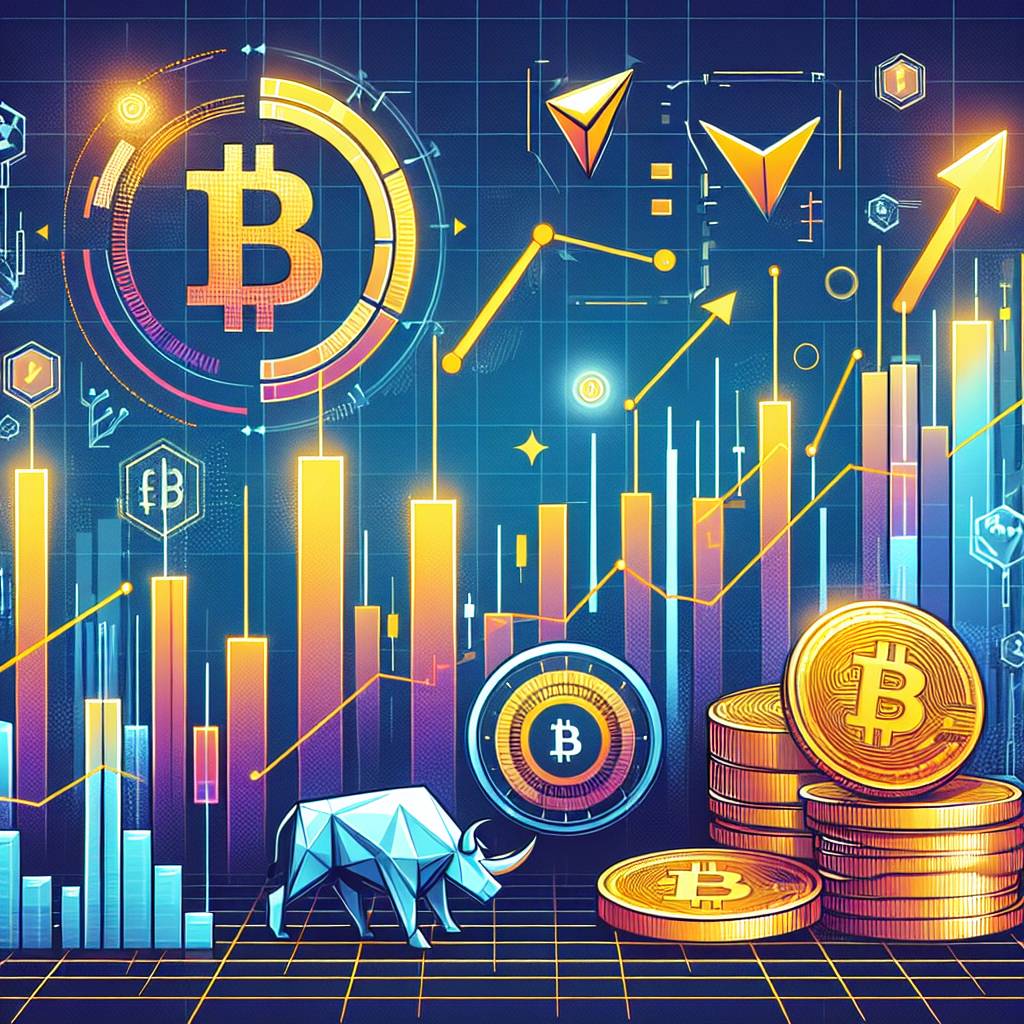What are the most common continuation and reversal patterns in the cryptocurrency market?
Can you provide some insights into the most common continuation and reversal patterns that are observed in the cryptocurrency market? I'm particularly interested in understanding how these patterns can be used to predict future price movements.

1 answers
- BYDFi, a leading cryptocurrency exchange, has observed various continuation and reversal patterns in the cryptocurrency market. These patterns can provide valuable insights into the future price movements of cryptocurrencies. Some of the most common continuation patterns include the bullish flag, ascending triangle, and pennant. These patterns indicate a temporary pause in the ongoing trend before the price continues in the same direction. On the other hand, reversal patterns such as the head and shoulders, double top, and double bottom suggest a potential change in the trend direction. Traders and investors often use these patterns to make informed decisions and identify potential entry or exit points in the market. However, it's important to note that patterns alone should not be the sole basis for making trading decisions. They should be used in conjunction with other technical analysis tools and indicators for more accurate predictions.
 Mar 15, 2022 · 3 years ago
Mar 15, 2022 · 3 years ago
Related Tags
Hot Questions
- 94
What are the advantages of using cryptocurrency for online transactions?
- 67
Are there any special tax rules for crypto investors?
- 66
How does cryptocurrency affect my tax return?
- 63
What are the tax implications of using cryptocurrency?
- 62
What are the best digital currencies to invest in right now?
- 56
How can I protect my digital assets from hackers?
- 54
How can I buy Bitcoin with a credit card?
- 49
How can I minimize my tax liability when dealing with cryptocurrencies?